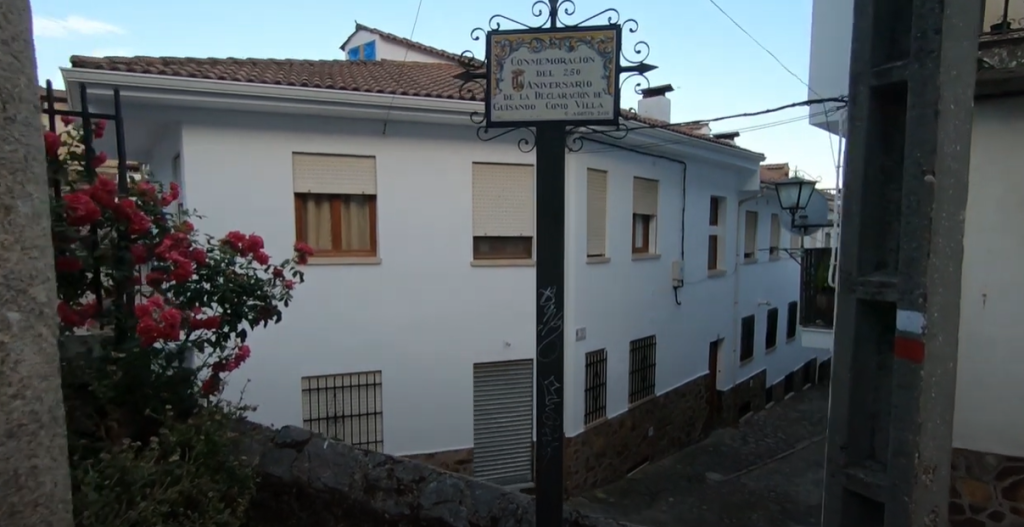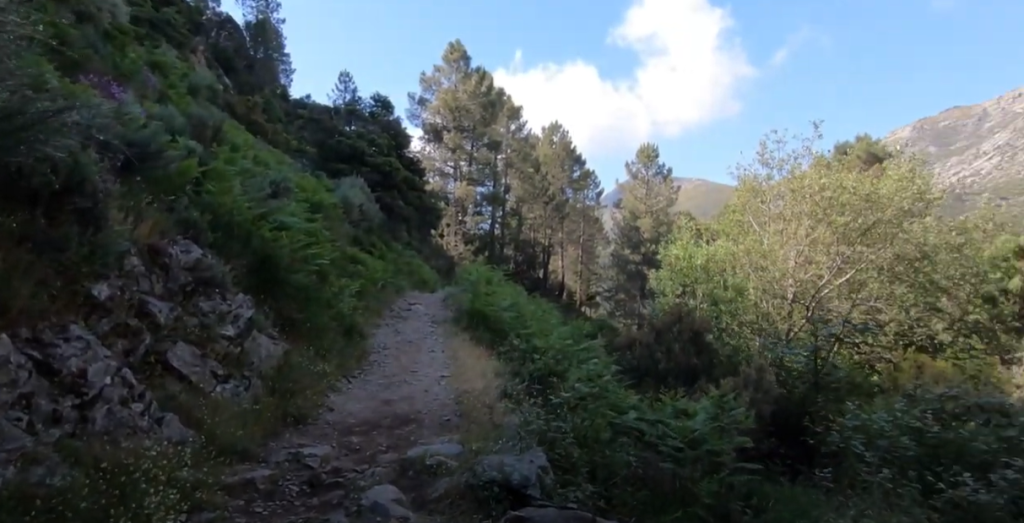It’s been said, if there’s one place in Spain that feels like it’s been purpose-built for lovers of big skies, rugged peaks, and a slower pace of life, it’s the Sierra de Gredos.
This stunning Regional Park, stretching across several provinces, offers an irresistible mix of craggy mountains, sleepy villages, clear rivers, and yes—wildlife that looks like it belongs on the front of a nature magazine.
Whether you’re after dramatic hikes, medieval castles, or just want to spot some of Spain’s rarest creatures while munching on a plate of local cheese, Sierra de Gredos delivers.

Getting to Sierra de Gredos
By Car: The easiest (and most flexible) option. From Madrid, it’s around two hours by car, with scenic drives along the N-502 and AV-941.
By Bus: Direct buses run from Madrid to Arenas de San Pedro and El Barco de Ávila. Connections between smaller villages can be patchy though, so hiring a car or taxi locally is best for exploring beyond the main towns. Omio will have timetables and tickets

Must-Visit Spots in Sierra de Gredos
1. Hoyos del Espino: The Hiking Hub
This peaceful village is the jumping-off point for many of Gredos’ most famous walking routes.
Must-See:
- Plataforma de Gredos: Starting point for trails to the Laguna Grande and Pico Almanzor (the highest peak).
- Ermita de Nuestra Señora del Espino: A quiet, scenic spot for a breather.
Wildlife Watch:
Keep your eyes peeled for the Spanish Ibex (wild mountain goats), often seen balancing on cliff edges like it’s no big deal. You may also spot Griffon Vultures soaring overhead.
FAQs:
- Best Time to Visit: Spring and autumn for hiking; winter for snowy landscapes.
- Parking: Large car park at the Plataforma; it fills fast in summer.
- Accessibility: Village streets are accessible, but mountain routes are steep and rocky.
- Top Photo Spot: Mirador de la Plataforma—epic mountain scenery guaranteed.
- Local Market: Small craft and food markets occasionally pop up in summer.

2. Arenas de San Pedro: Castles & Chestnuts
A lively market town surrounded by chestnut groves and mountain views.
Must-See:
- Castillo de Don Álvaro de Luna: A medieval fortress with panoramic views.
- Santuario de San Pedro de Alcántara: A peaceful monastery nestled in green hills.
Wildlife Watch:
Nearby woodlands are home to wild boar, roe deer, and countless bird species, from hawks to owls.
FAQs:
- Best Time to Visit: October for the chestnut harvest; spring for festivals.
- Parking: Ample parking throughout the town centre.
- Accessibility: Mostly flat and easy to explore; some older sites have steps.
- Top Photo Spot: Castle walls and Mirador del Río Arenal.
- Local Market: Fridays—perfect for fresh produce and local crafts.
3. El Barco de Ávila: Rivers & Famous Beans
This charming riverside town is known for its bean dishes and its postcard-worthy stone bridges.
Must-See:
- Puente Viejo (Old Bridge): A scenic Romanesque bridge over the river Tormes.
- Castle of Valdecorneja: A striking medieval fortress overlooking the valley.

Wildlife Watch:
Look out for otters along the riverbanks, along with eagles and foxes roaming nearby hills.
FAQs:
- Best Time to Visit: Spring for the riverside scenery; late summer for festivals.
- Parking: Easy, with plenty of spaces near the old town.
- Accessibility: Compact and flat, with well-paved streets.
- Top Photo Spot: Along the riverbank near the Old Bridge at sunset.
- Local Market: Mondays, specialising in local beans, cheese, and meats.

Wildlife Highlights of Sierra de Gredos
It’s not just about mountains here—Gredos is an official Special Protection Area for birds and wildlife lovers.

Species to Watch:
- Spanish Ibex: The star of the show—easily spotted in higher areas.
- Griffon Vultures: Look up; these huge scavengers patrol the skies.
- Black Stork: A rarer sight, but they nest near rivers in quiet areas.
- Eagles & Hawks: Golden Eagles, Booted Eagles, and Buzzards frequently circle overhead.
- Otters & Roe Deer: Shy but present around rivers and forests.
The park also blooms with wildflowers and unique plants in spring—perfect for photography.

When’s the Best Time to Visit Sierra de Gredos?
Spring and autumn are ideal for hiking, wildlife spotting, and mild weather.
Winter brings snow to the higher peaks—great for photos but tricky for hiking without gear.
Summer can get busy, especially around the more famous trails and pools, but early mornings remain peaceful.

Final Thoughts
Whether you’re here to spot ibex on a mountain ridge, stroll through sleepy stone villages, or simply enjoy a few plates of hearty regional food after a day of walking, Sierra de Gredos has that unbeatable blend of adventure, charm, and untouched Spanish beauty.
And trust me—once you’ve sat by a mountain lake with nothing but the sound of goat bells and distant birds for company, you’ll wonder why you ever bothered with the coast.
Think of Scotland, but without the rain, is how I often describe the scenic areas of inland Spain. Please don’t be the numpty who goes out on the trails wearing flip flops though!



